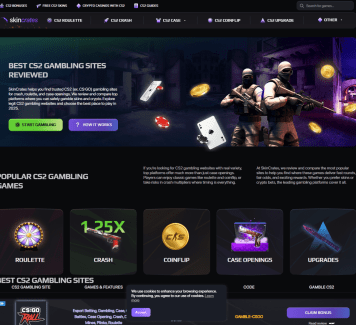
When conducting clinical research, operational efficiency can make or break a study. That’s why more research organizations are turning to ctms systems to streamline operations and reduce the margin for error.
1. Seamless integration with other research tools
One of the biggest advantages of a CTMS is its ability to connect various elements of a clinical trial in a single environment. Whether it’s syncing with Electronic Data Capture systems, linking financial overviews or coordinating with eTMF platforms, integration is crucial for a fluid workflow.
2. Real-time reporting and analytics
Delays in reporting can have significant consequences for timelines and decision-making. A modern system provides real-time insights into patient recruitment, site performance and study progress. With clear dashboards and exportable reports, project managers and stakeholders can act quickly and decisively.
3. User-centric interface and workflows
No matter how powerful a system is, it’s only as effective as its usability allows. Coordinators and data managers need to find their way without navigating endless menus or dense dashboards. A clean interface, smart workflow options and intuitive menus ensure that the tool serves the user—not the other way around.
4. Regulatory compliance and audit readiness
Any CTMS worth considering should support full compliance with international regulations such as GCP, GDPR and FDA 21 CFR Part 11. Features like audit trails, permission settings and secure document storage aren’t just nice to have—they’re essential. They not only help avoid compliance risks but also make audits significantly less stressful.
5. Scalability and flexibility
Clinical trials come in all shapes and sizes, and the needs of a small pilot study differ greatly from those of a global phase III trial. A good CTMS grows with its user. That means modular components, flexible licensing and the ability to adjust the system’s scope as projects evolve. It’s not just about what the system can do today, but whether it’s still the right fit next year.
Platforms such as ResearchManager focus heavily on scalability to support both emerging and established research groups.
Another important aspect to consider is the adaptability of a CTMS to different regulatory landscapes. As clinical research becomes increasingly global, studies are often conducted across multiple countries, each with its own legal frameworks and ethical guidelines. A modern CTMS should offer configuration options that allow teams to align documentation, workflows and notifications with region-specific requirements. This kind of built-in adaptability prevents time-consuming custom solutions and ensures that compliance is maintained from the ground up—whether you’re running a single-site study or coordinating across continents.
Data security and role-based access
Given the sensitive nature of clinical trial data, security is not just a technical requirement—it’s a cornerstone of trust. A reliable CTMS should include robust data encryption, role-based access control and detailed audit logs. This ensures that each user only sees the information relevant to their responsibilities, and that all actions within the system are transparently recorded. Especially in multicenter trials, where multiple stakeholders interact with the system, strict access control helps prevent accidental data breaches and supports regulatory accountability.













